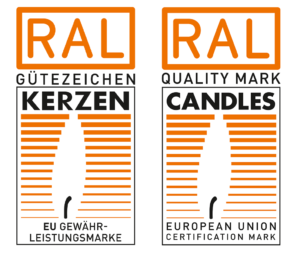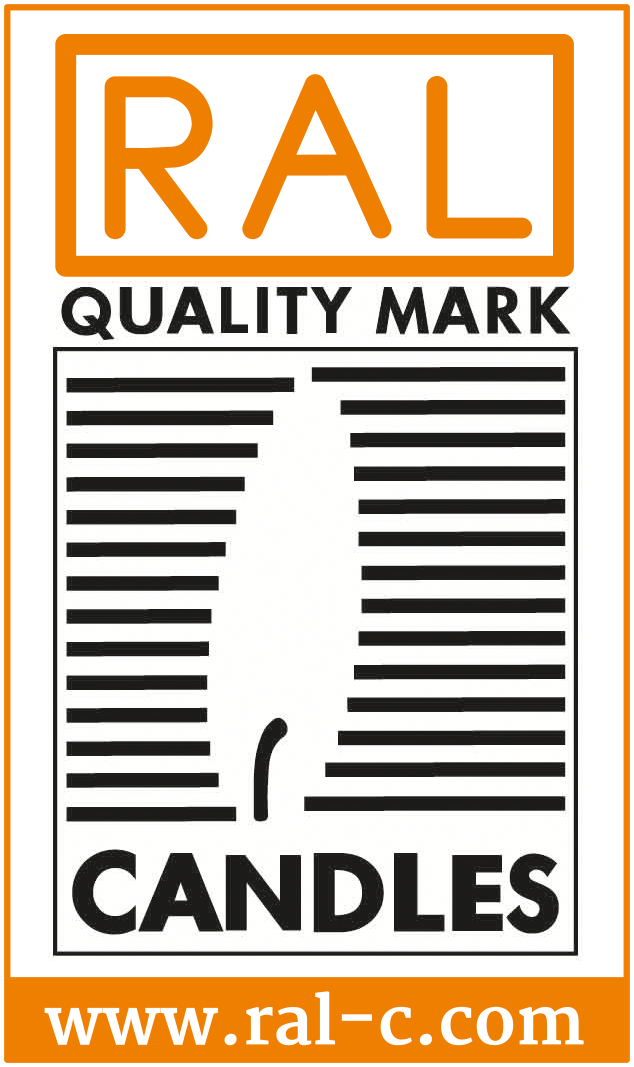Helpful candle tips
Household tips for candles
Candles are made of paraffin, beeswax, stearin or fat. These substances (with the exception of stearin) are referred to as waxes and change their state depending on the temperature. At higher temperatures, waxes become soft, kneadable or liquid. In contrast, cold temperatures make them hard and brittle. These physical properties can be made use of for candles at home.
The perfect shape
Is the candle too thick for the desired candle holder? Simply dip the candle briefly in boiling water — it will then fit without difficulty.
Tip: Candles with the RAL Quality Mark are not only guaranteed to look good, but will also have consistent shapes, shades, dimensions and a wick quality that you can rely on.
Increased burning time due to salt water and cold temperatures?
Scientific experiments have shown that immersing candles in salt water or storing them in the refrigerator or freezer compartment prior to lighting them has no significant influence on their burning time.
Tip: Candles with the RAL Quality Mark burn evenly and guarantee the burning time specified on the packaging.
No stains
Wax stains on metal candle holders can also be taken care of with heat: the wax melts in an oven heated to 100°C and can then be removed with a cloth.
Wax residue on glass or delicate candle holders or candlesticks can easily be wiped off after being immersed in hot — not boiling! — water.
Wax stains can even be easily removed from textiles: simply cover the stains with absorbent paper during ironing and then move the warm iron over them, as this enables the melted wax to be absorbed by the absorbent paper. Stubborn residues can be removed with solvents (such as cleaning solvent).
If wax drips onto (smooth) leather goods, low temperatures are used: simply put the respective item in the freezer or place an ice pack on the wax. Once the wax is hardened, it can easily be removed (depending on the quality of the leather). A cooling spray from a hardware store can also help.
Tip: If used correctly, candles with the RAL Quality Mark guarantee drip-free burning and thereby prevent wax stains.






